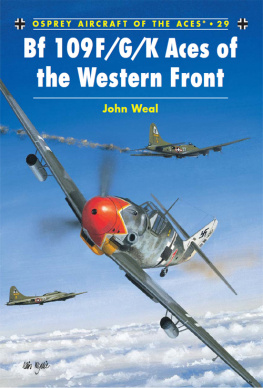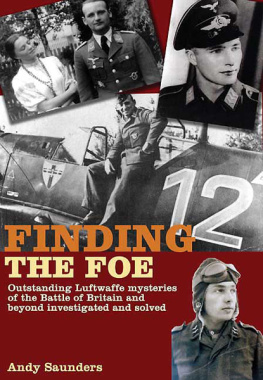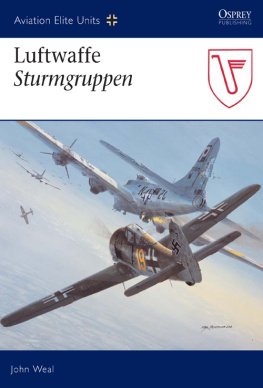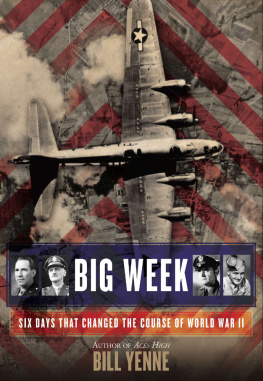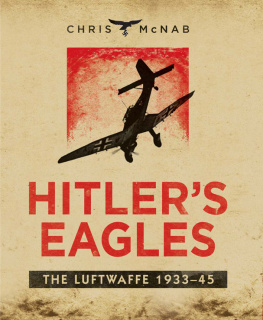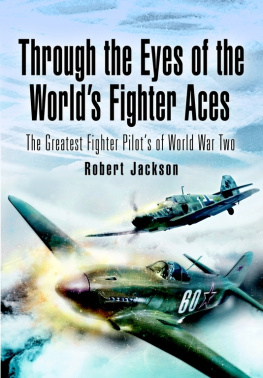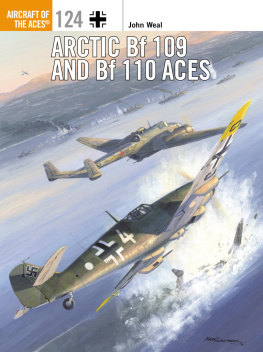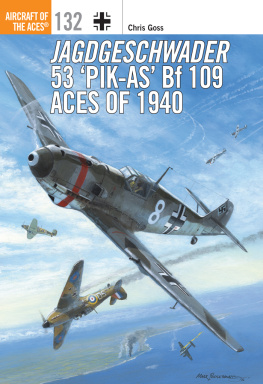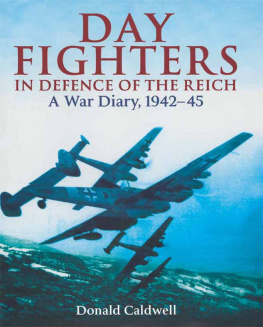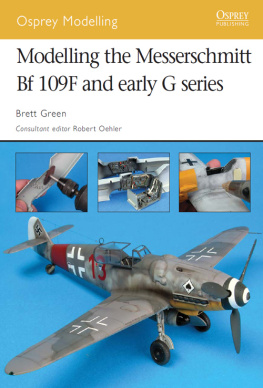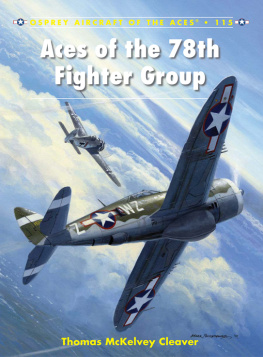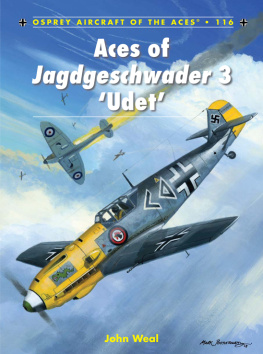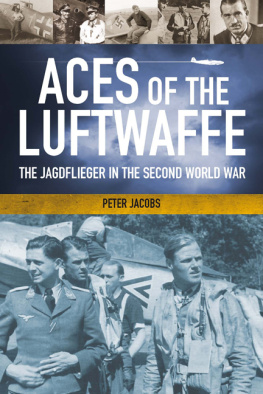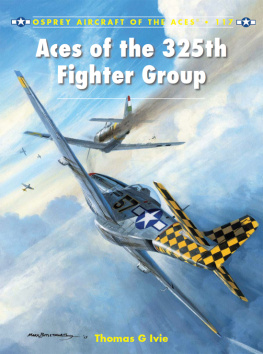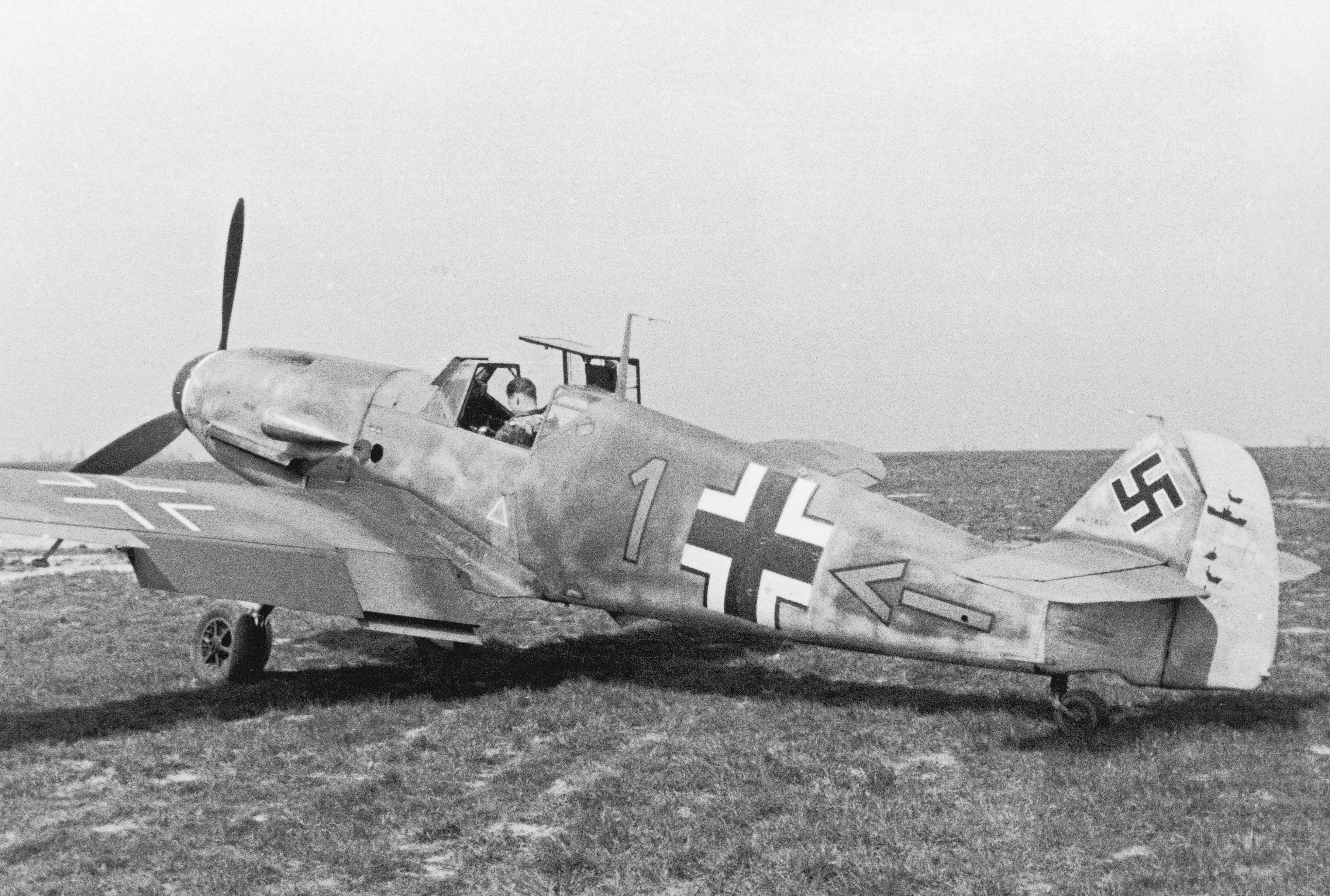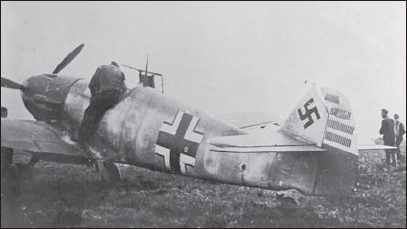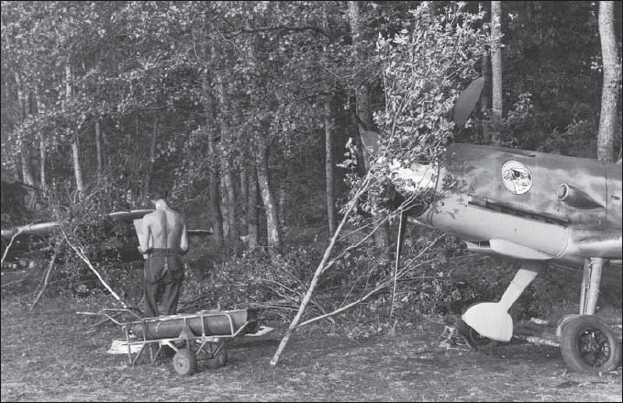SERIES EDITOR: TONY HOLMES
OSPREY AIRCRAFT OF THE ACES 29
Bf 109F/G/K Aces of the Western Front
John Weal
CONTENTS
CHAPTER ONE
FIRST LINE OF DEFENCE
I t is now generally accepted that the Battle of Britain constituted one of the first major turning points of World War 2. At its close, the hitherto seemingly invincible German Luftwaffe victorious in Poland, Scandinavia, the Low Countries and France had, for the first time, failed to achieve its assigned objectives: the neutralisation of the Royal Air Force (RAF), and the subsequent invasion and subjugation of England.
The first Friedrichs were delivered to Stab JG 51 before the end of the Battle of Britain. The 54 kills marked on the rudder of this rather nondescript machine identify it as one of those flown by Major Werner Mlders. The bottom half of the rudder and the entire engine cowling have been painted yellow
The British have come to regard the Battle as having been officially over, and won, by 31 October 1940. German aviation historians are less arbitrary. They consider the daylight operations (admittedly drastically reduced in scale) flown during the closing weeks of the year, and the attendant night Blitz, which continued well into the spring of 1941, as part and parcel of the same campaign. In their view, the ongoing aerial onslaught against Great Britain was only brought to a halt by Hitlers decision to shelve indefinitely his plans for a cross-Channel invasion, and turn his attention instead to other fronts: to the Mediterranean and the Balkans and, ultimately, to the east.
The duration of the Battle may be open to argument, but its effect on the air war in the west was conclusive and irreversible. After a necessary period of rest and recuperation for both sides, the resumption of significant daylight cross-Channel operations early in 1941 set the pattern for the weeks, months and years ahead. Although the Luftwaffe would still be called upon to mount sporadic forays over southern England, its stance in occupied north-western Europe became increasingly defensive as the RAF flexed its new-found muscle and began to lean into France.
Wearing the Knights Cross with Oak Leaves, Major Werner Mlders, Geschwaderkommodore of JG 51, is seen in late 1940 at the time of the Friedrichs introduction into service
The aftermath (or closing stages, depending upon viewpoint) of the Battle did not just bring welcome rest and relief for the Luftwaffes hard pressed Jagdgruppen. It also saw the introduction of a new variant of their standard fighter, the Messerschmitt Bf 109. The classic Emil, which they had flown to date, would remain in frontline service for many months to come, particularly in the southern and eastern theatres of war, but on the all-important Channel front, RAF Fighter Command found itself opposed by growing numbers of the more powerful, and aerodynamically refined Bf 109F, or Friedrich.
Looking much more the part, Mlders aircraft now sports the Geschwader badge on the nose, a full set of Kommodore markings and a rudder score in the high 60s
The first three Bf 109F-0 pre-production machines released for service evaluation had, in fact, been delivered to the Stabsschwarm of Jagdgeschwader 51 back at the beginning of October 1940. JG 51 was commanded by the Luftwaffes then leading ace, 42-victory Experte Major Werner Mlders, who flew his first combat sortie in the Friedrich on 9 October. References differ, however, as to whether he was again flying one of the Schwarms trio of Bf 109F-0s when he claimed his 43rd kill (No 66 Sqn Spitfire I X4562 flown by Plt Off J H T Pickering, who bailed out wounded over Canterbury) 48 hours later.
After adding another eight victories to his score in the interim, it is on record that Mlders was flying Friedrich Wk-Nr 5628 when he despatched a brace of Spitfire Is (P7365, flown by Plt Off S F Soden, and P7309, with Plt Off P Oliver at the controls) from No 603 Sqn over Kent on 25 October. By this time, too, Hauptmann Hermann-Friedrich Joppiens I./JG 51 was beginning to receive a few of the early Bf 109F-1 production models. It was one of these which enjoyed the dubious distinction of being the first Friedrich to be lost in combat when Oberleutnant Georg Claus, Staffelkapitn of 1./JG 51, was shot down during a Stuka escort mission on 11 November 1940. Claus, who had 18 victories to his credit, survived to become a prisoner of war. His Bf 109 F-1, Wk-Nr 5635 White 1, went to the bottom of the Thames Estuary.

In a somewhat superficially camouflaged blast pen made out of bales of straw, the DB 601 engine of the Kommodores machine is the subject of a considerable amount of attention. This photograph was taken at Mardyck in the spring of 1941
Shortly after this JG 51 was withdrawn from the Channel coast to rest and refit at two airfields in the Germany. Geschwader personnel were given leave at the end of December, with the pilots enjoying a fortnights skiing holiday in the Alps courtesy of Reichsmarschall Hermann Gring. In January 1941 ground- and aircrew met up again at Mannheim and Gtersloh, only to learn that plans for I. and IV. Gruppens full conversion onto the Bf 109F had been delayed by production problems at the Messerschmitt works.
JG 51 thus returned to the Channel front still equipped predominantly with Emils, albeit of the latest E-7 and E-8 variants. Once arrived, Werner Mlders lost no time in resuming his friendly, but intense, rivalry with Adolf Galland, Geschwaderkommodore of neighbouring JG 26 (see Osprey Aircraft of the Aces 11 - Bf 109D/E Aces 1939-41 for further details). It was perhaps indicative of the already changing tenor of cross-Channel air operations that Mlders next victim his first in just over ten weeks was a Fighter Command Hurricane claimed on 10 February 1941 on the French side of the Channel.
Despite production bottlenecks and tardy service deliveries, two other Jagdgeschwader retired to Germany early in 1941 to re-equip with the Friedrich. The first of these was Major Gnther Freiherr von Maltzahns JG 53, the famous Ace-of-Spades unit. Stab and all three Gruppen converted onto a mix of F-1s and -2s during the course of February and March. Midway through the latter month, the first elements of the Geschwader returned to the Channel coast and quickly resumed combat with the RAF. In the ensuing weeks they exacted a steady toll on Fighter Command, with all but five of the 27 victories they claimed between March and early June being Spitfires.
Next page
